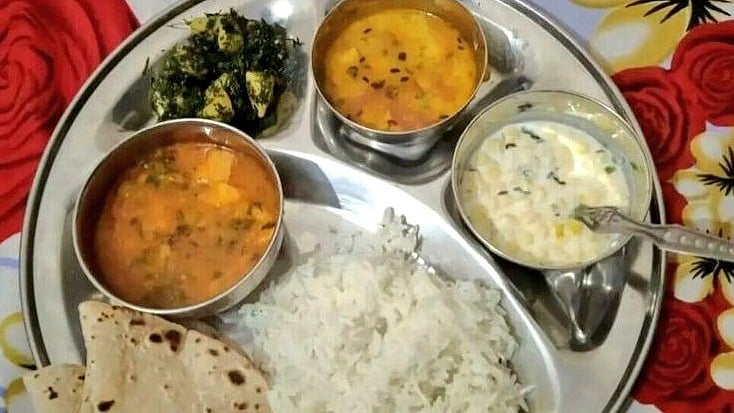Health
62 per cent of Indians rely on low-quality carbs — and no, millets don’t help
A key finding was that replacing rice, maida or corn with whole wheat or millets did not reduce risk of Type 2 diabetes, contrary to popular belief

A new study examining India's dietary patterns in relation to metabolic diseases has highlighted the country's ongoing struggle with poor nutrition, both in terms of persistent undernutrition and the rapid rise of metabolic syndrome linked to modern dietary habits. According to the findings, '62 per cent of the country's total daily energy intake comes from low-quality carbohydrates, including white rice and processed whole grains.'
India, long associated with undernutrition and high rates of childhood malnutrition, is now also home to about a quarter of the world's diabetics — significantly more than most other nations — with the rapid spread of obesity and related metabolic disorders. Researchers from the Madras Diabetes Research Foundation and Indian Council of Medical Research (ICMR) identified a pattern of 'high levels of saturated fat and a low intake of protein contributing to the total daily energy intake across India'.
Drawing on data from an ICMR-INDIAB national survey — one of the most extensive public health studies conducted in India — the analysis found that, 'Nationwide, carbohydrates contributed 62.3 per cent of total daily energy intake, mainly from refined cereals (28.5 per cent) and milled whole grains (16.2 per cent). Total fat contributed 25.2 per cent, while protein intake was low at 12 per cent.'
The authors warned, 'An individual with highest intake of carbohydrate could be at a 30 per cent higher chance of developing diabetes, 22 per cent obesity and 15 per cent abdominal obesity, compared to lowest intake.'
Published: undefined
However, one key insight from the study is that 'replacing refined cereals — products from grains such as wheat, rice or corn — with whole wheat or millet flour without lowering one's overall carbohydrate intake was not linked with a lower risk of type 2 diabetes'.
Published: undefined
Researchers emphasised that 'cutting down on overall carbohydrate intake and saturated fat, while increasing consumption of plant and dairy proteins could help mitigate risk of metabolic diseases in India'.
These findings are especially urgent given India’s shifting nutritional landscape. While malnutrition and undernutrition remain widespread, especially among children and women, the country is also facing a rapid increase in overweight, obesity, and chronic diseases like diabetes, hypertension and dyslipidaemia (a poor cholesterol profile, typically) — a constellation collectively labelled ‘Metabolic Syndrome’.
According to broader national surveys, 43 per cent of the surveyed population is overweight and 26 per cent is obese. Rates are especially high in North India — overweight: 54 per cent, obesity: 37 per cent, abdominal obesity: 48 per cent — compared to the lower but rising rates in the East.
Additionally, 'about 61 per cent of those surveyed were physically inactive' and 'nearly one-third of the country's population was found to have hypertension (27 per cent) with little inter-regional differences'.
Alarmingly, '83 per cent of the participants were seen to have at least one metabolic risk factor — either newly diagnosed T2D, prediabetes, dyslipidaemia, general obesity, abdominal obesity or hypertension'.
Given these overlapping burdens — undernutrition in some populations and overnutrition/metabolic diseases in others — Indian public health policy now faces the dual challenges of treating classic nutritional deficiencies while also curbing a surge in chronic metabolic disorders.
Population-wide interventions targeting dietary quality, reduced carbohydrate and fat intake, increased protein consumption and enhanced physical activity are being seen as vital steps in combating what researchers have deemed 'India's unrelenting epidemic of diabetes and metabolic risk'.
Published: undefined
Follow us on: Facebook, Twitter, Google News, Instagram
Join our official telegram channel (@nationalherald) and stay updated with the latest headlines
Published: undefined